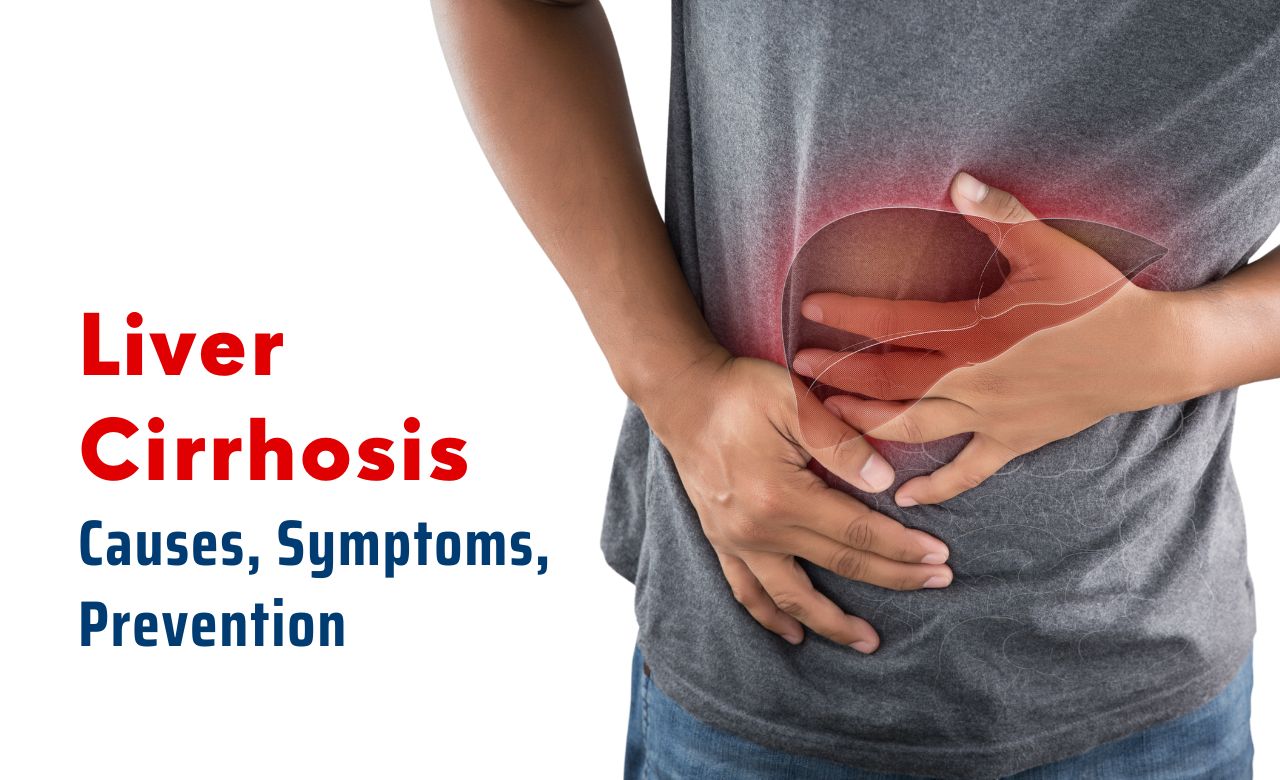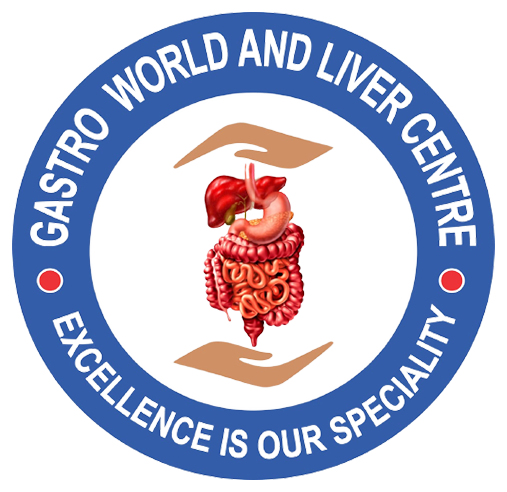Liver Cirrhosis
Liver Cirrhosis Doctor in Rewa (MP)

What is Liver Cirrhosis?
Cirrhosis is a late stage of scarring (fibrosis) of the liver caused by many forms of liver diseases and conditions, such as hepatitis and chronic alcoholism.
Each time your liver is injured — whether by disease, excessive alcohol consumption or another cause — it tries to repair itself. In the process, scar tissue forms. As cirrhosis progresses, more and more scar tissue forms, making it difficult for the liver to function (decompensated cirrhosis). Advanced cirrhosis is life-threatening.
The liver damage done by cirrhosis generally can't be undone. But if liver cirrhosis is diagnosed early and the cause is treated, further damage can be limited and, rarely, reversed.
Symptoms of Liver Cirrhosis
Cirrhosis often has no signs or symptoms until liver damage is extensive. When signs and symptoms do occur, they may include:
- Fatigue
- Easily bleeding or bruising
- Loss of appetite
- Nausea
- Swelling in your legs, feet or ankles (edema)
- Weight loss
- Yellow discoloration in the skin and eyes (jaundice)
- Fluid accumulation in your abdomen (ascites)
- Spiderlike blood vessels on your skin
- Redness in the palms of the hands
- For women, absent or loss of periods not related to menopause
- For men, loss of sex drive, breast enlargement (gynecomastia) or testicular atrophy
- Confusion, drowsiness and slurred speech (hepatic encephalopathy)
Causes of Liver Cirrhosis
A wide range of diseases and conditions can damage the liver and lead to cirrhosis.
Some of the causes include:
- Chronic alcohol abuse
- Chronic viral hepatitis (hepatitis B, C and D)
- Fat accumulating in the liver (nonalcoholic fatty liver disease)
- Iron buildup in the body (hemochromatosis)
- Cystic fibrosis
- Copper accumulated in the liver (Wilson’s disease)
- Poorly formed bile ducts (biliary atresia)
- Alpha-1 antitrypsin deficiency
- Inherited disorders of sugar metabolism (galactosemia or glycogen storage disease)
- Genetic digestive disorder (Alagille syndrome)
- Liver disease caused by your body’s immune system (autoimmune hepatitis)
- Destruction of the bile ducts (primary biliary cirrhosis)
- Hardening and scarring of the bile ducts (primary sclerosing cholangitis
- Infection, such as syphilis or brucellosis
- Medications, including methotrexate or isoniazid
Risk factors of Liver Cirrhosis
- Drinking too much alcohol. Excessive alcohol consumption is a risk factor for cirrhosis.
- Being overweight. Being obese increases your risk of conditions that may lead to cirrhosis, such as nonalcoholic fatty liver disease and nonalcoholic steatohepatitis.
- Having viral hepatitis. Not everyone with chronic hepatitis will develop cirrhosis, but it’s one of the world’s leading causes of liver disease.
Complications of Liver Cirrhosis
Complications of cirrhosis can include:
- High blood pressure in the veins that supply the liver (portal hypertension).Cirrhosis slows the normal flow of blood through the liver, thus increasing pressure in the vein that brings blood to the liver from the intestines and spleen.
- Swelling in the legs and abdomen.The increased pressure in the portal vein can cause fluid to accumulate in the legs (edema) and in the abdomen (ascites). Edema and ascites also may result from the inability of the liver to make enough of certain blood proteins, such as albumin.
- Enlargement of the spleen (splenomegaly).Portal hypertension can also cause changes to and swelling of the spleen, and trapping of white blood cells and platelets. Decreased white blood cells and platelets in your blood can be the first sign of cirrhosis.
- Portal hypertension can cause blood to be redirected to smaller veins. Strained by the extra pressure, these smaller veins can burst, causing serious bleeding. Portal hypertension may cause enlarged veins (varices) in the esophagus (esophageal varices) or the stomach (gastric varices) and lead to life-threatening bleeding. If the liver can’t make enough clotting factors, this also can contribute to continued bleeding.
- If you have cirrhosis, your body may have difficulty fighting infections. Ascites can lead to bacterial peritonitis, a serious infection.
- Cirrhosis may make it more difficult for your body to process nutrients, leading to weakness and weight loss.
- Buildup of toxins in the brain (hepatic encephalopathy).A liver damaged by cirrhosis isn’t able to clear toxins from the blood as well as a healthy liver can. These toxins can then build up in the brain and cause mental confusion and difficulty concentrating. With time, hepatic encephalopathy can progress to unresponsiveness or coma.
- Jaundice occurs when the diseased liver doesn’t remove enough bilirubin, a blood waste product, from your blood. Jaundice causes yellowing of the skin and whites of the eyes and darkening of urine.
- Bone disease.Some people with cirrhosis lose bone strength and are at greater risk of fractures.
- Increased risk of liver cancer.A large proportion of people who develop liver cancer have pre-existing cirrhosis.
- Acute-on-chronic cirrhosis.Some people end up experiencing multiorgan failure. Researchers now believe this is a distinct complication in some people who have cirrhosis, but they don’t fully understand its causes.
Prevention of Liver Cirrhosis
Reduce your risk of cirrhosis by taking these steps to care for your liver:
- Do not drink alcohol if you have cirrhosis.If you have liver disease, you should avoid alcohol.
- Eat a healthy diet.Choose a plant-based diet that’s full of fruits and vegetables. Select whole grains and lean sources of protein. Reduce the amount of fatty and fried foods you eat.
- Maintain a healthy weight.An excess amount of body fat can damage your liver. Talk to your doctor about a weight-loss plan if you are obese or overweight.
- Reduce your risk of hepatitis.Sharing needles and having unprotected sex can increase your risk of hepatitis B and C. Ask your doctor about hepatitis vaccinations.
If you’re concerned about your risk of liver cirrhosis, talk to your doctor about ways you can reduce your risk.
How can we help you?
Contact us at the Gastro World & Liver Centre Rewa (MP) Or make an appointment online.
